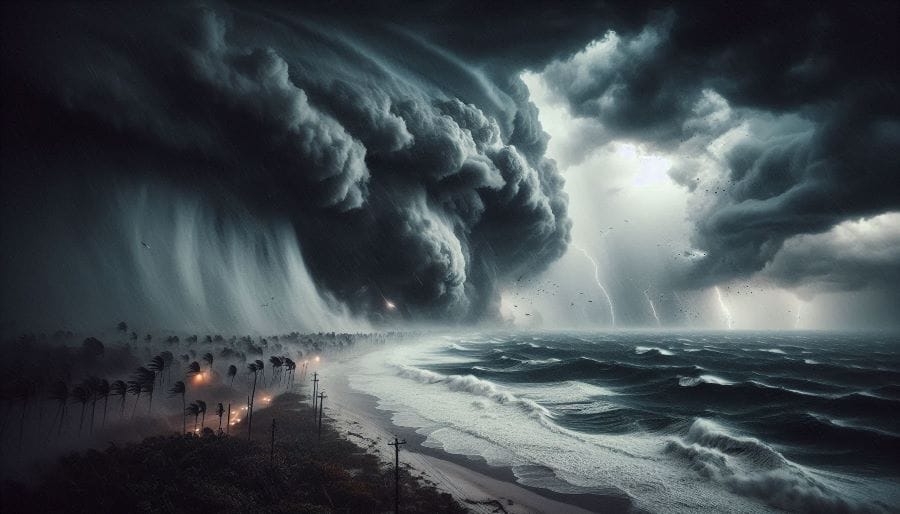Hurricane Watch Issued as Helene Nears Landfall
Tropical Storm Helene is intensifying in the Caribbean Sea and poses a potential threat to the Gulf Coast. The storm is expected to make landfall in Florida as a category 2 hurricane.

In a dramatic escalation of weather events, the low-pressure zone off the coast of Quintana Roo has rapidly evolved into what the National Water Commission (Conagua) has termed Potential Tropical Cyclone Nine. This system is expected to intensify into Tropical Storm Helene by early Tuesday, September 24, and further strengthen into a Category 2 hurricane as it moves northward toward Florida. Though Helene will not make direct landfall in Mexico, its wide circulation is already causing significant weather disruptions across the Yucatán Peninsula.
As of Monday afternoon, the potential tropical cyclone was located approximately 205 kilometers south-southwest of Grand Cayman Island and 605 kilometers east-southeast of Punta Herrero, Quintana Roo. Maximum sustained winds have been recorded at 45 kilometers per hour, with gusts reaching up to 65 kilometers per hour, as the system moves slowly north at a speed of 9 kilometers per hour.




